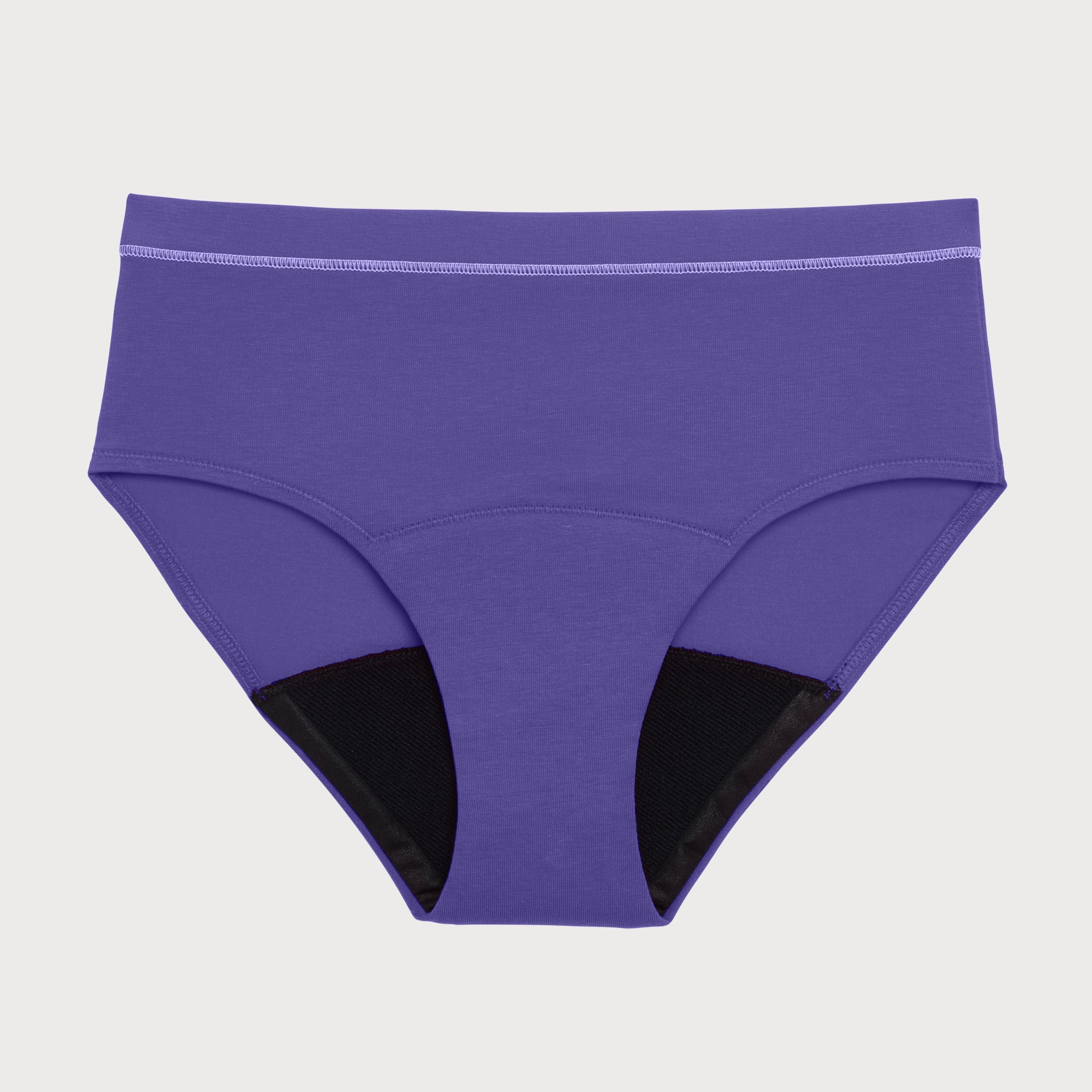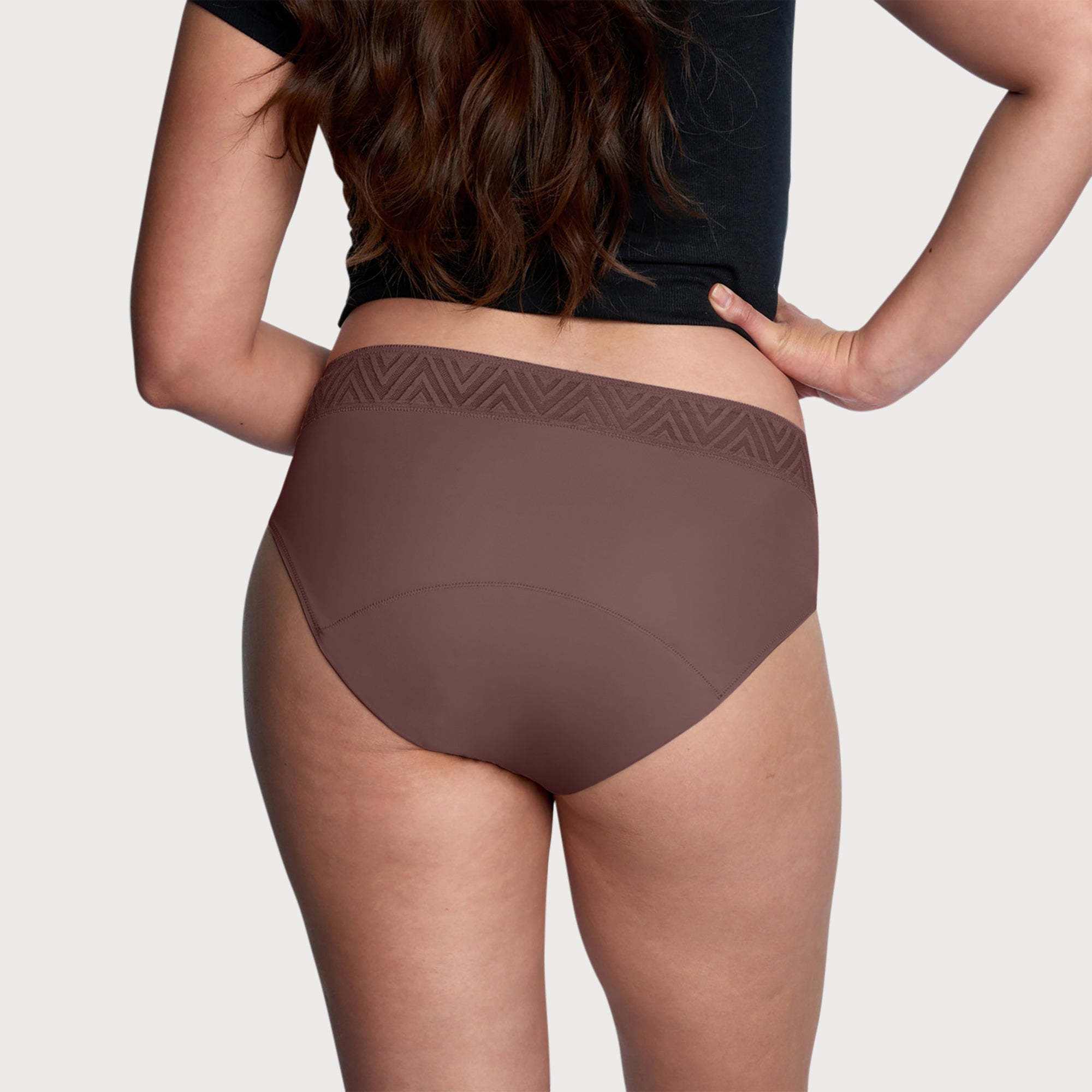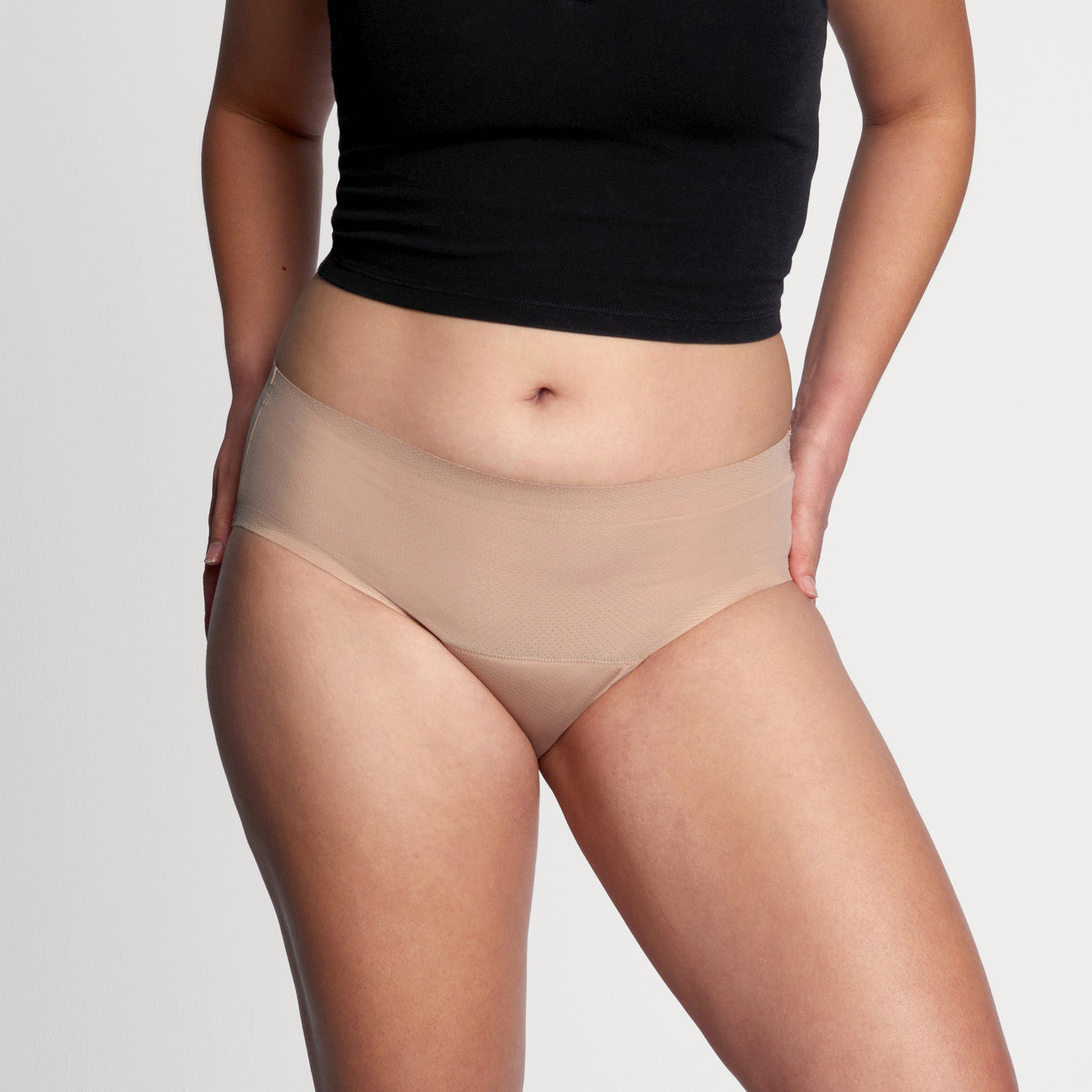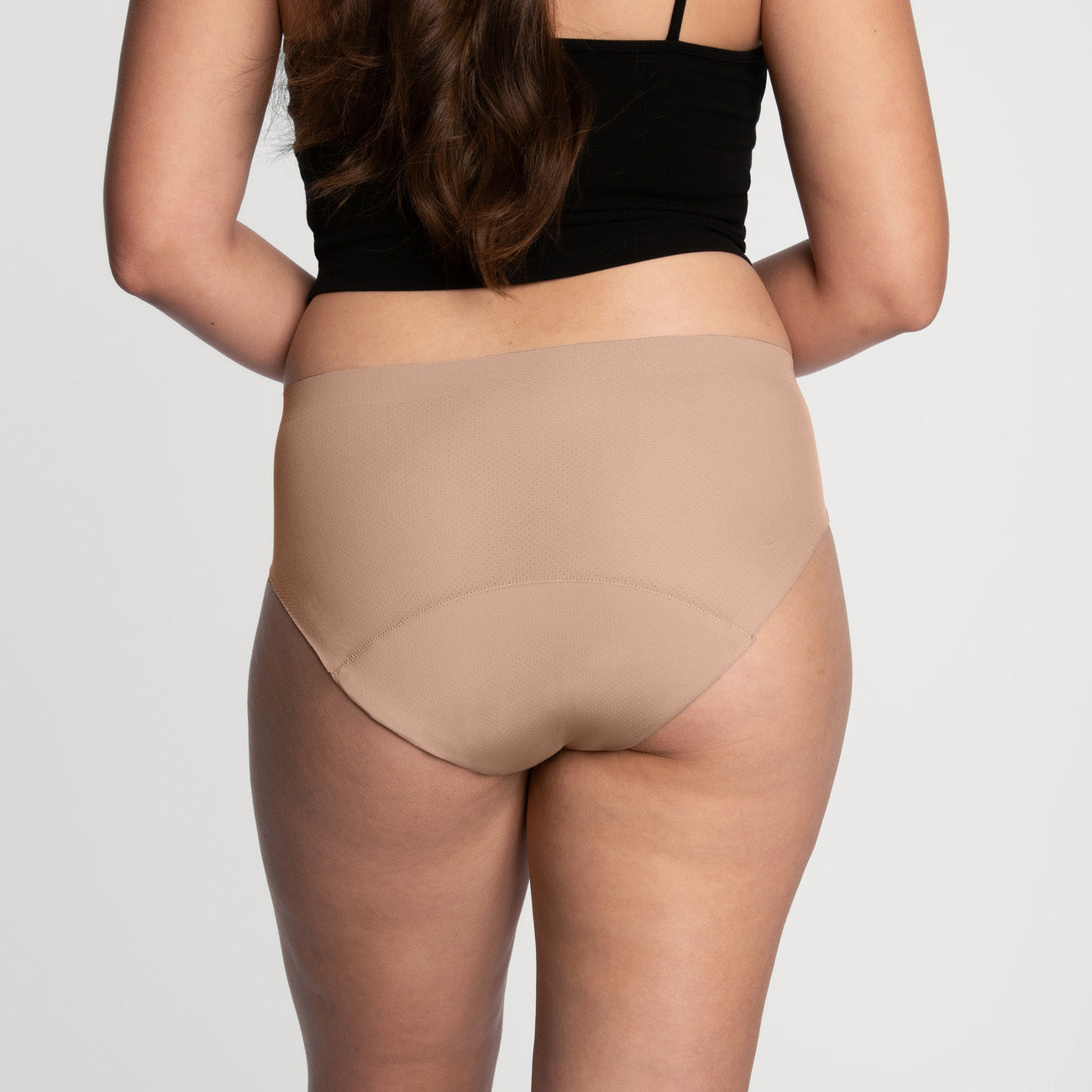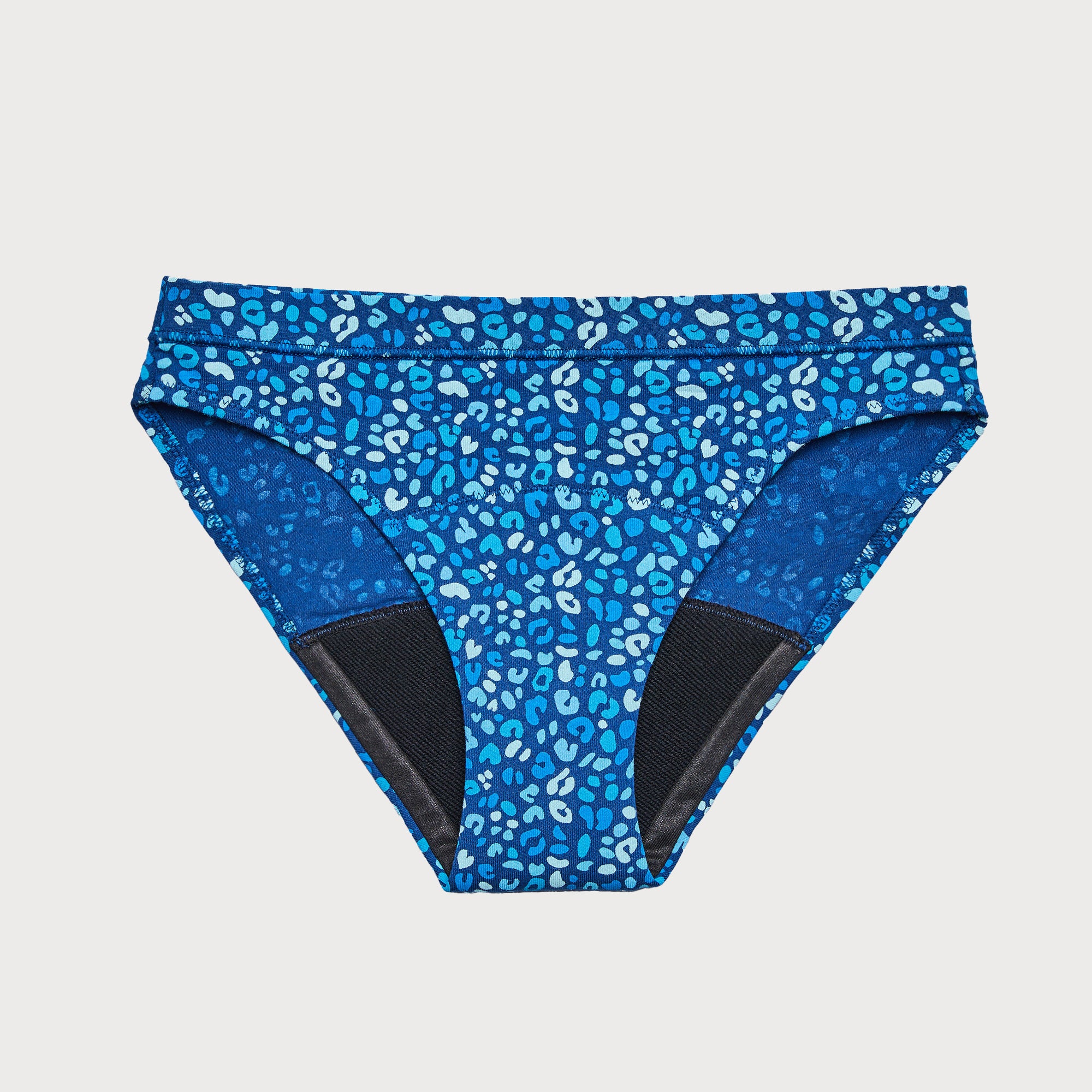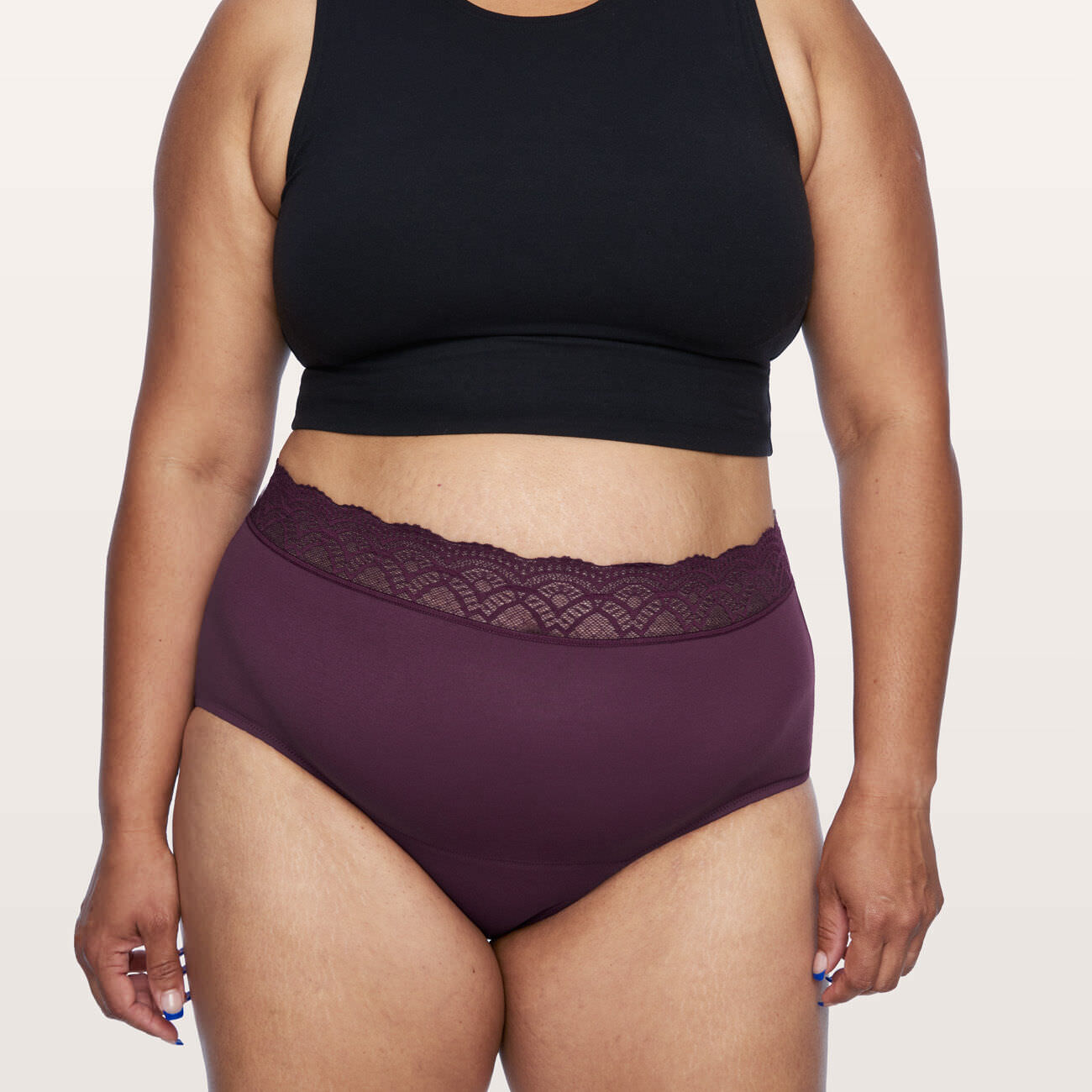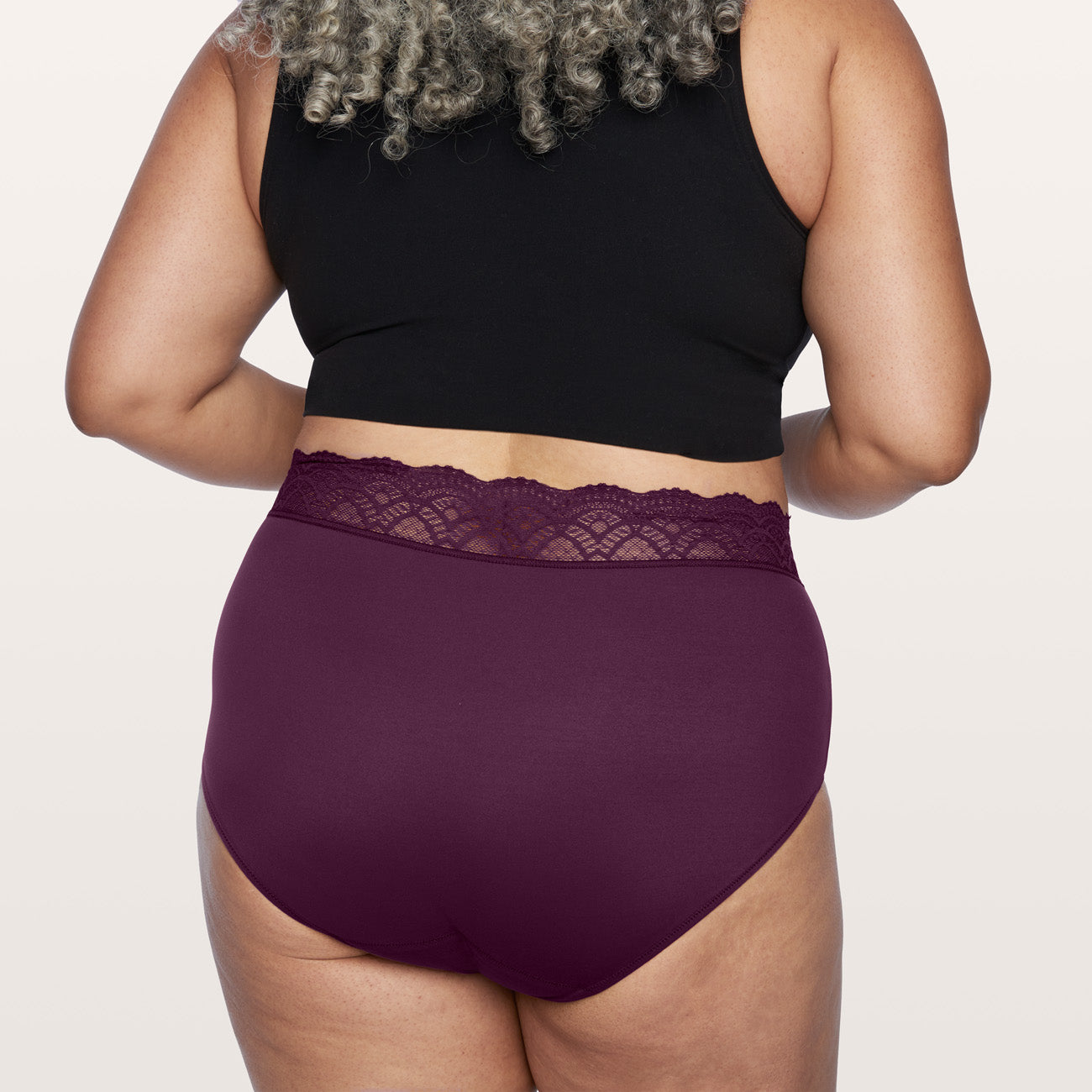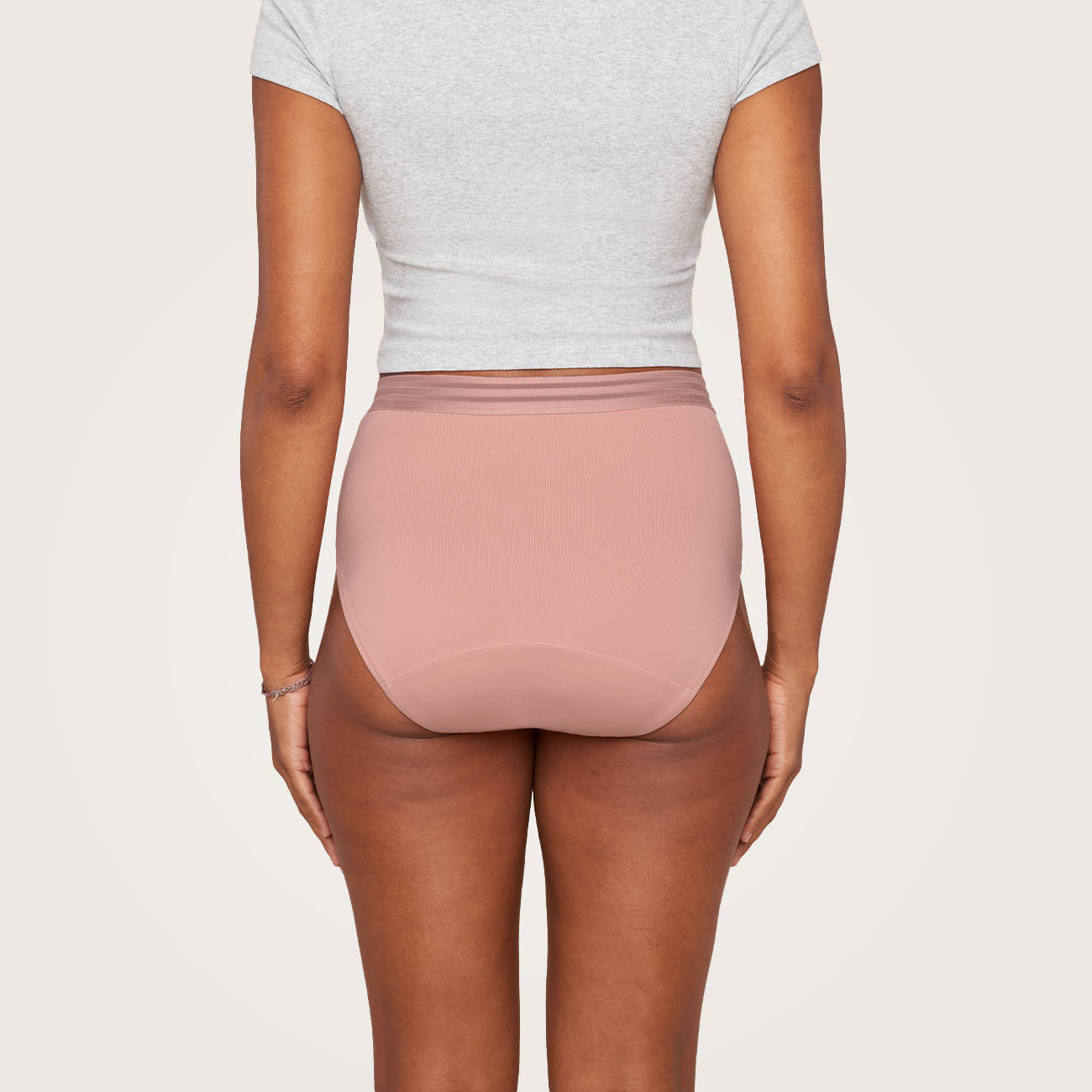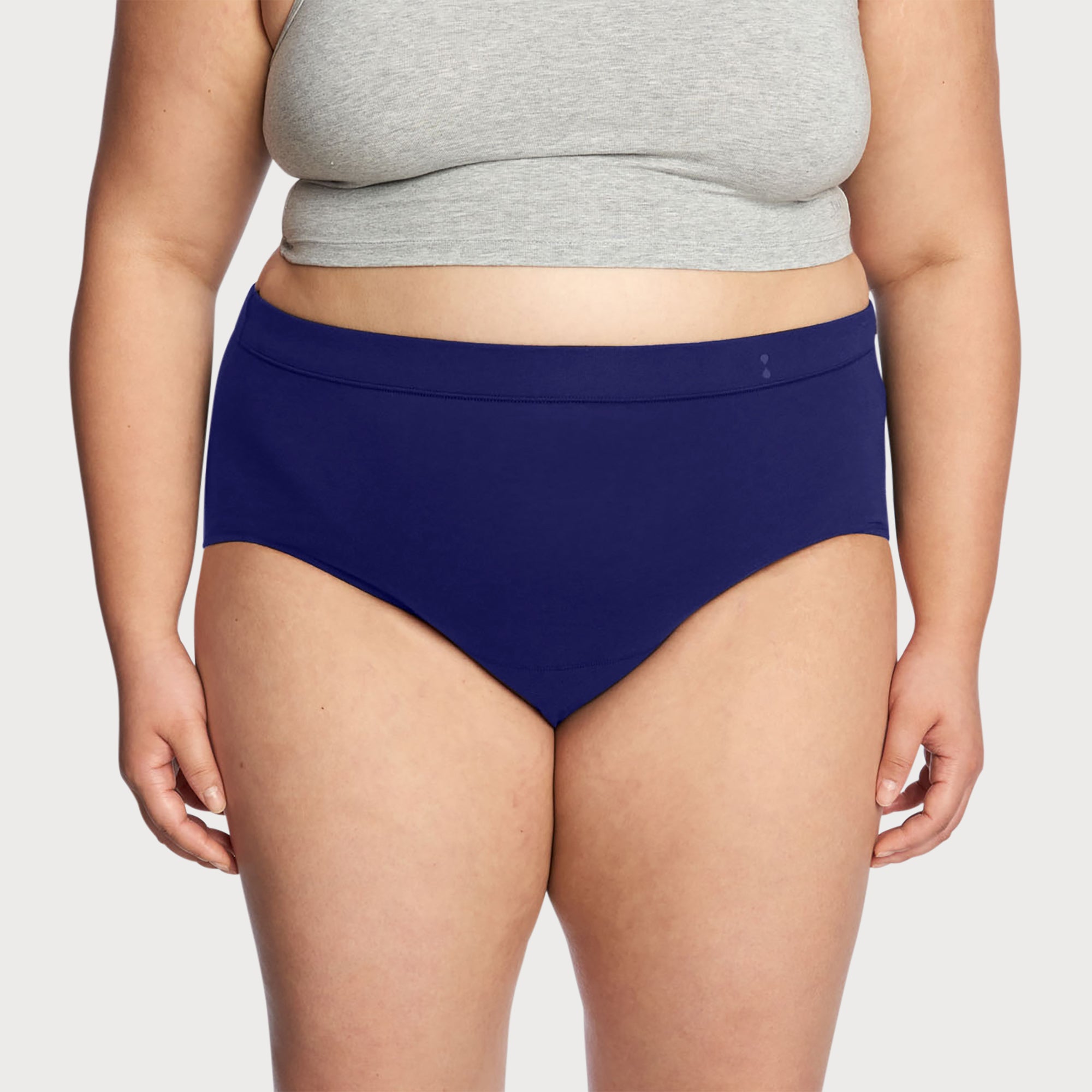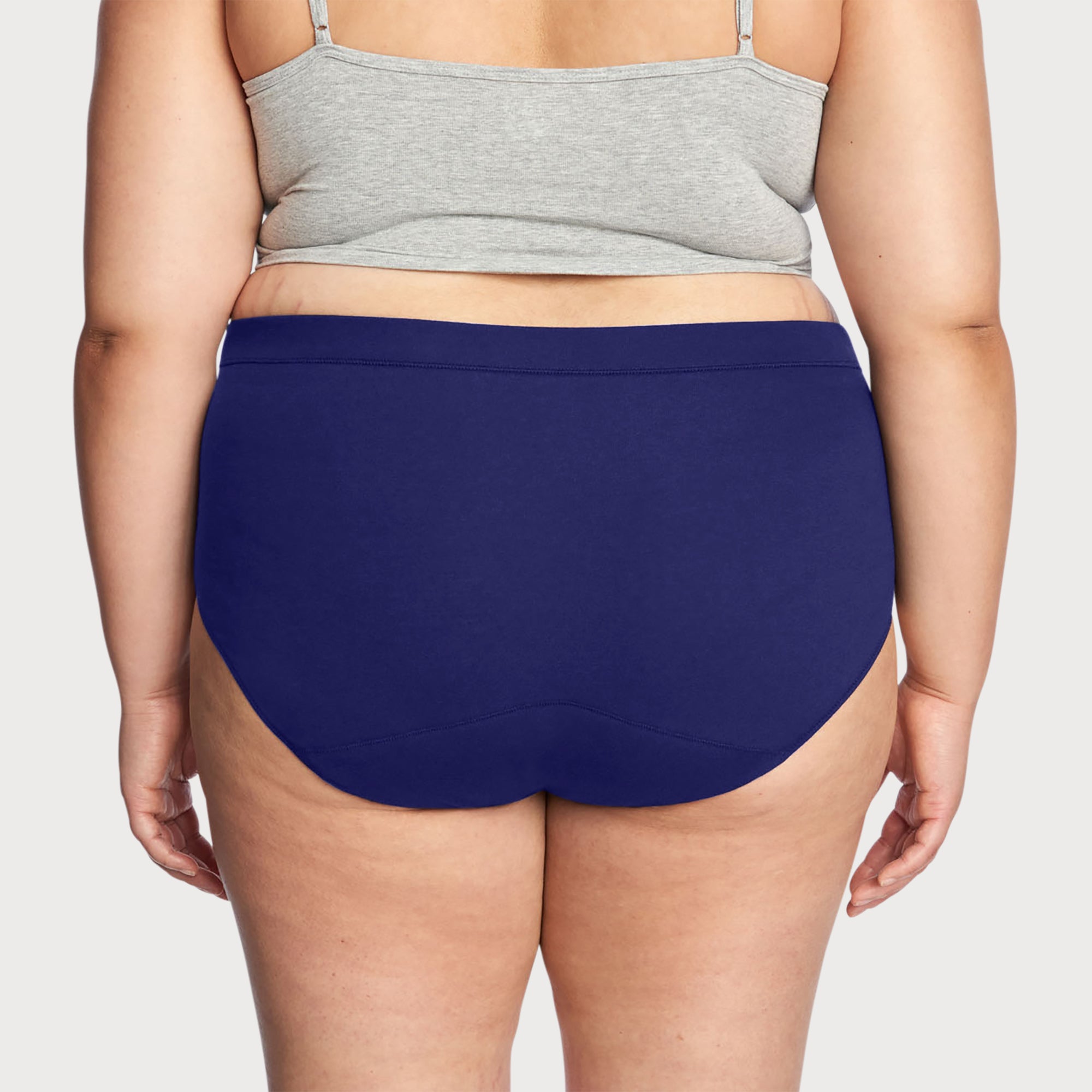State of the Period 2023
- Share this article Copy to clipboard

Introduction and Methodology
For a third time, Thinx has teamed up with non-profit group PERIOD. to report on insights and changes in period poverty and stigma in our annual survey. The State of the Period continues to be the only publicly available study tracking the impact of period poverty — the inability to access menstrual hygiene products — among U.S. teenage students.
Overall, we’ve found that while there has been improvement in many of the underlying stressors tied to period poverty since 2021,* almost a quarter (23%) of teens still struggle to afford period products. However, conversation and advocacy is increasing. Teens report more comfort discussing menstruation at home, and support for menstrual advocacy and education across the board is up from 2021.
This year’s survey was conducted online by SKDK between September 5th – 10th, 2023. It surveyed 1,020 teenagers who menstruate, all between the ages of 13-19, and an additional 1,050 adults who menstruate between the ages of 20-50. Results were weighted for age, region, and race/ethnicity, and education where necessary to align with actual proportions in the population.
Together, Thinx and PERIOD. are working to raise awareness on period poverty and improve menstrual equity through this survey and our joint United for Access campaign. We are fighting to address these issues and seek a multi-pronged approach, calling for legislation to eliminate taxes on menstrual hygiene products, improve access to period products in school and public bathrooms, more comprehensive studies on period poverty in young people, and medically accurate sexual education in schools.
Survey Findings
The third State of the Period (SOTP) poll shows teens are still aware of the barriers period stigma and lack of access to period products present. Majority of teens agree there is a negative association with periods and that society reinforces that stigma. Teens report improvement around period stigma since 2021, however, 45% of teens have been affected by the negative associations surrounding periods. While teens (ages 13-19) are expressing more optimism around period stigma, adults (ages 20-50) are more likely to express shame and experience stigma around periods.
Almost a quarter of teens (and one-third of adults) struggled to access period products, unchanged from 2021. However, teens do report that some of the underlying stresses around lack of access to products have been improving as COVID restrictions have been lifted. Fewer teens report wearing products for longer than recommended, and teens report better access to period products in public spaces and more free products in school bathrooms.
Communication around periods, particularly in homes, is also improving for teens. They are more comfortable discussing their periods with both parents (though fathers are still low on their list), and fewer teens say their family feels uncomfortable talking about periods. However, adults are less likely to feel comfortable communicating about periods. Black and lower-income teens are more likely to be uncomfortable talking about their periods.
Teens are much more likely to experience stress and discomfort around managing their period at school than at home, and they are keenly aware of how this stress, discomfort, and stigma can impact someone’s education. While schools are becoming more supportive, not enough is being done to support teens in managing their periods throughout their education. This is felt more acutely by lower-income and Hispanic teens.
Teens note that open discussion with their friends and family improves their negative associations surrounding periods, and as a result, teens want to see more action on confronting period stigma. The desire for advocacy has grown since 2021, particularly in schools. Teens want to see more in-depth education in schools with everyone, (not just people who menstruate), more open and honest communication around periods (particularly in schools), and more vocal advocates discussing menstruation publicly.
Access to Period Products
Similar to 2021, a quarter of teens and a third of adults struggle to afford period products. While many of the underlying stresses appear to be improving there are still a significant number of teens who do not have enough access to period products. Teens of color and lower-income students are more likely to be impacted by issues of access.
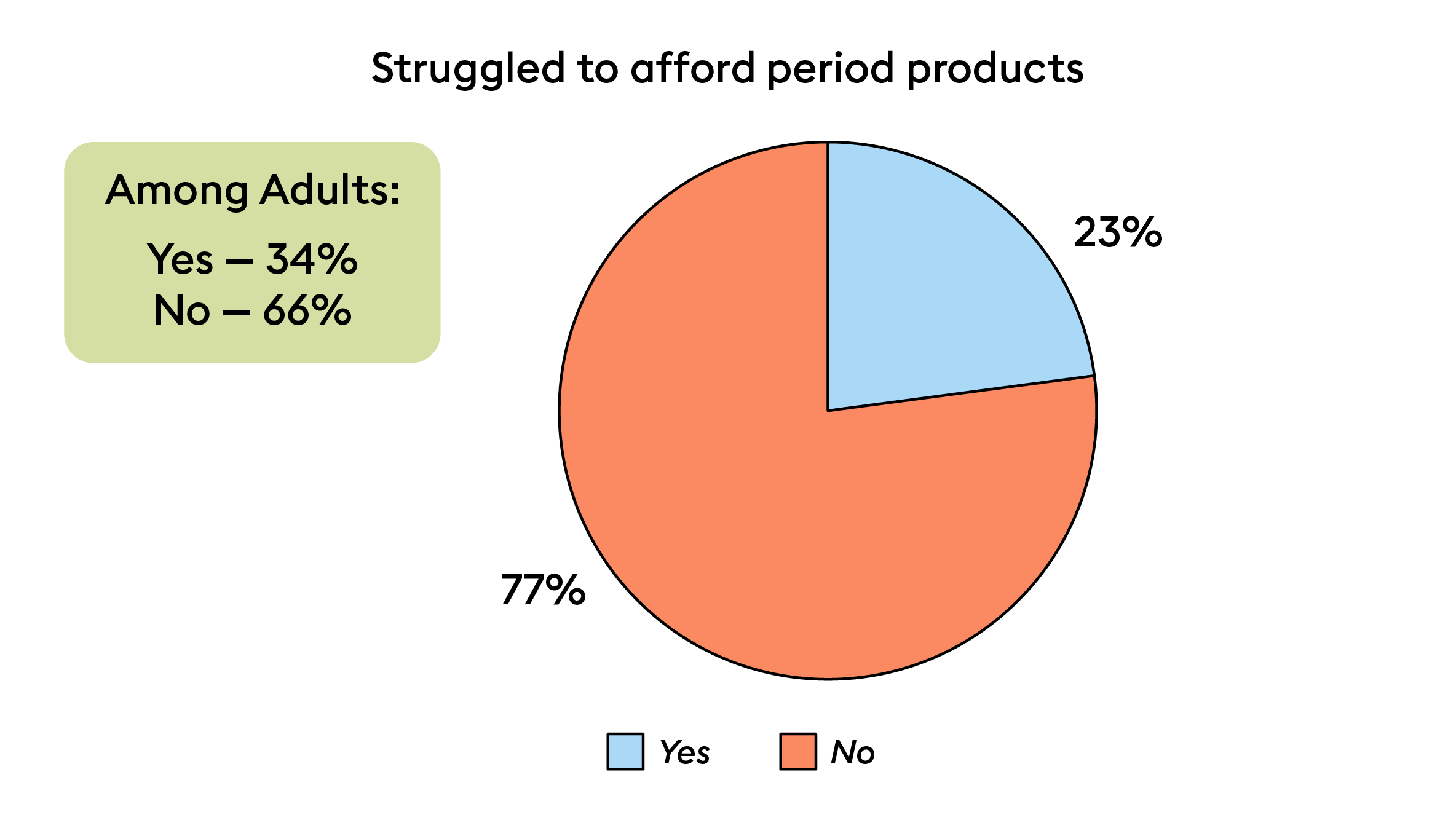
23% of teens have struggled to afford period products.
40% of teens and 52% of adults have worn period products for longer than recommended.
58% of teens have asked a friend or classmate for a period product because they didn’t have one, and 18% have asked a stranger.
25% of teens are unable to do schoolwork because of a lack of access to products, and 60% due to symptoms.
A plurality (44%) of teens report stress and embarrassment due to a lack of access to period products.
Since the last State of the Period in 2021, teens report better access to period products in most public spaces and are notably finding more free products in school bathrooms. Teens and adults want this trend to continue and highlight the importance of schools providing free products to their students.
52% of teens report school is supportive when it comes to accessing period products, a 7-point increase from 2021.
53% (2021: 59%) of teens say they rarely or never find free period products in school bathrooms and 64% (2021: 62%) in public bathrooms.
89% (2021: 82%) of teens agree that if there is free toilet paper in bathrooms, there should be free menstrual products, and 89% (2021: 84%) think menstrual products are just as important as toilet paper or soap in public bathrooms.
89% (2021: 85%) of teens agree that public schools should provide free period products.
49% of teens say they feel their school doesn’t care about them if they don’t provide free period products in the bathrooms.
The Stigma Around Periods
Teens report improvement in the impacts of period stigma since the last SOTP survey, especially in the school environment. That said, 45% of teens report being affected by period stigma indicating there’s still room for improvement. Lower-income and Hispanic teens are more likely to report feeling stigma.

75% of teens say there is a negative association that periods are gross and unsanitary and 60% agree that society teaches people to be ashamed of their periods.
63% (2021: 70%) of teens say the school environment makes them especially self-conscious of their periods.
41% (2021: 50%) of teens say their teacher asks them questions when they ask to go to the bathroom.
88% of teens hide their period products when they walk out of class to go to the bathroom, 74% of adults hide their products at work.
58% of teens agree the world is not set up for them to manage their periods with full confidence.
While teens express optimism, adults are more likely to express shame and experience stigma around periods.
60% of adults say stigma impacts their comfort with their body and 46% are afraid their career growth could be negatively affected if they ask for accommodations, this dynamic is stronger with lower-income adults.
Adults (53%) are more likely than teens (45%) to have felt too ashamed or embarrassed to seek help when they have questions about their body.
Around a quarter of adults say they have felt ashamed (23%), abnormal (24%), or alone (20%) because they did not understand what was going on with their body – all higher than teens.
Teens want the public narrative around periods to more closely align to their opinions, and they feel more strongly about this now than in 2021.
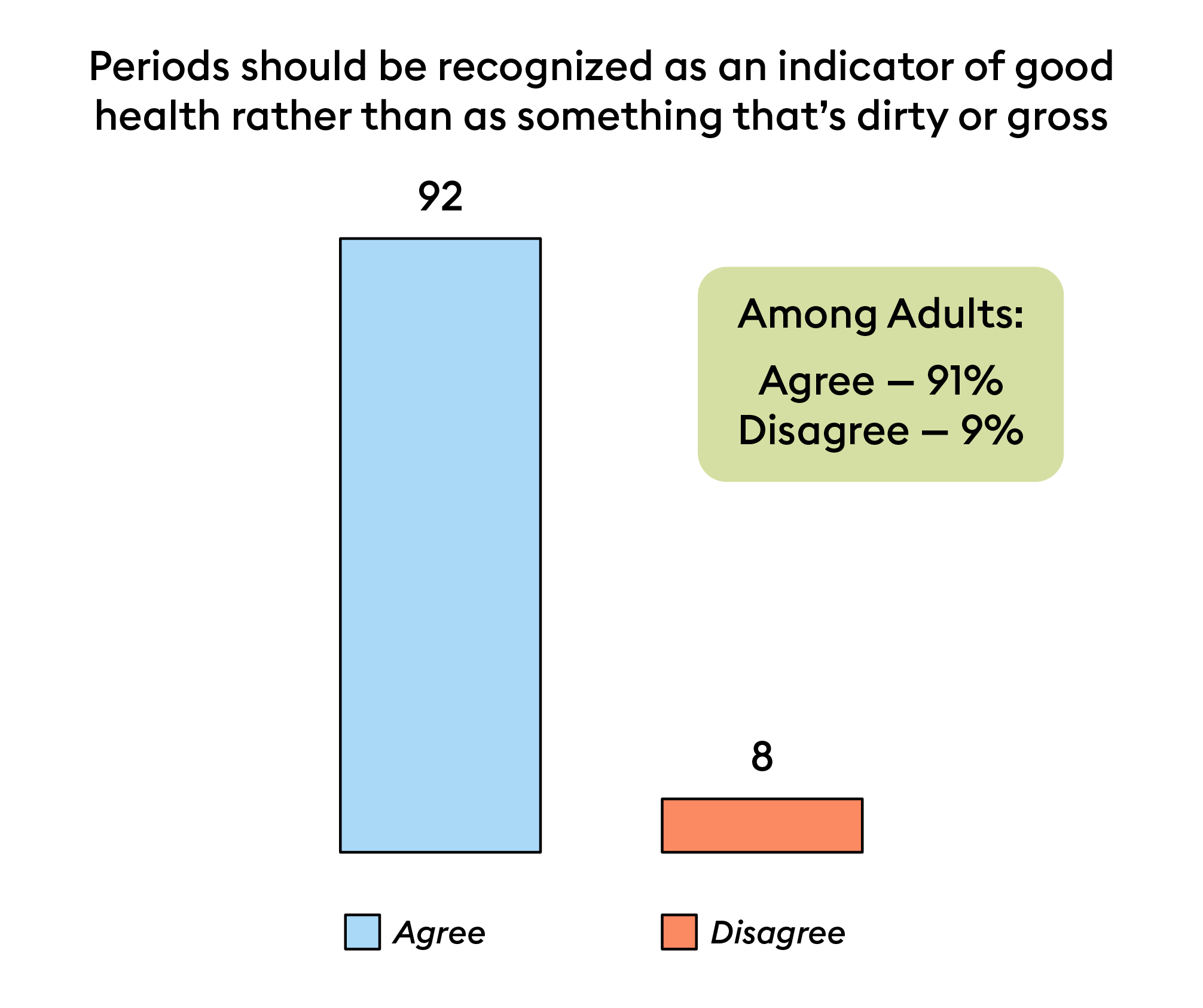
At the time of their first period, most teens felt their periods were scary (66%) and gross (55%). However, after several periods, 45% of teens describe their period as natural or healthy (35%) – the two most common emotions.
Adults are more likely to describe their first period as shameful (32%) than teens (25%).
In addition, 92% of teens agree periods should be recognized as an indicator of good health rather than as something dirty or gross – a 7-point increase from 2021.
The Need for Open Communication
More than three-quarters (76%) of teens have questions about their periods and want to have more open communication about their menstrual cycle. While they have seen improvement in the open communication they have at home with their families about their period, there is still a lack of discussion of periods at school. This lack of communication leaves many teens and most adults confused and unprepared for their first period.

90% of teens say they know who to talk to if they have a question about their period, but a majority (54%) still say they would rather Google a question than talk in-person. Adults are even more likely (66%) to say they would Google a question.
42% of teens (and 53% of adults) felt confused and unprepared when they got their first period.
77% of teens say periods are openly discussed at home, up 6-points since 2021. Teens also report greater comfort discussing with their moms (up 8-points to 94%) and dads (up 6-points to 28%).
Adults are more likely to report their families being uncomfortable discussing periods. 41% of adults report their family does not feel comfortable talking about periods at home, compared to 17% (2021: 25%) of teens.
72% (2021: 67%) of teens agree that they are more comfortable talking about their periods than their parents’ generation.
41% (2021: 43%) of teens say periods are openly discussed at school and 43% of teens are comfortable talking about their periods at school. Black and younger teens (13 and 14-year-olds) are more likely to express discomfort around those conversations.
78% of teens say they are taught more about the biology of frogs than the human female body in school.
35% (2021: 42%) of teens say their health teacher appears to be uncomfortable discussing menstruation.
A Call for Action
Teens’ desire for advocacy around menstrual equity is growing. Across the board, support for additional advocacy and education is up from 2021. There is a strong desire for menstrual health to be normalized in schools and workplaces, and teens expect education to be part of the core curriculum for everyone.
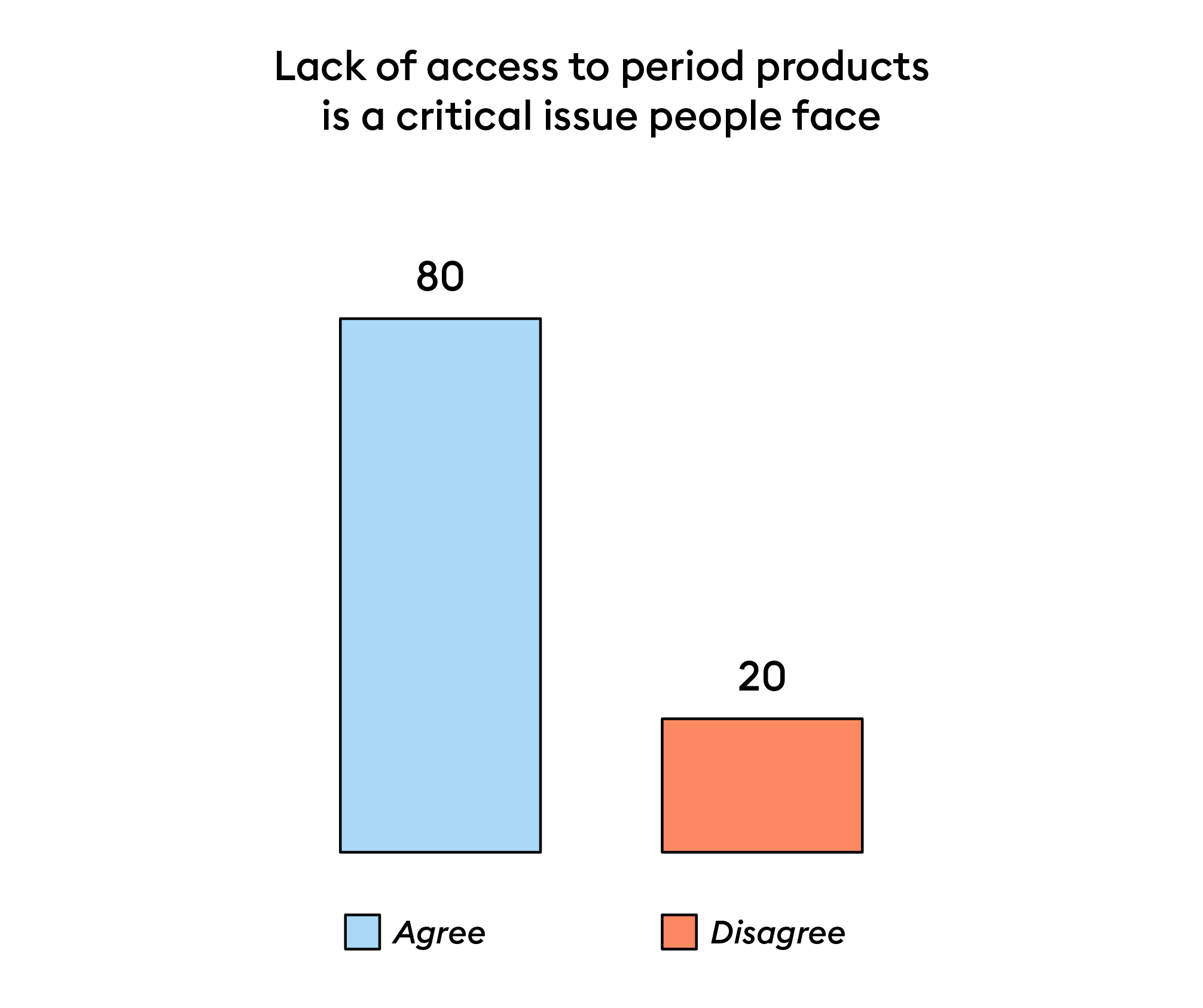
-
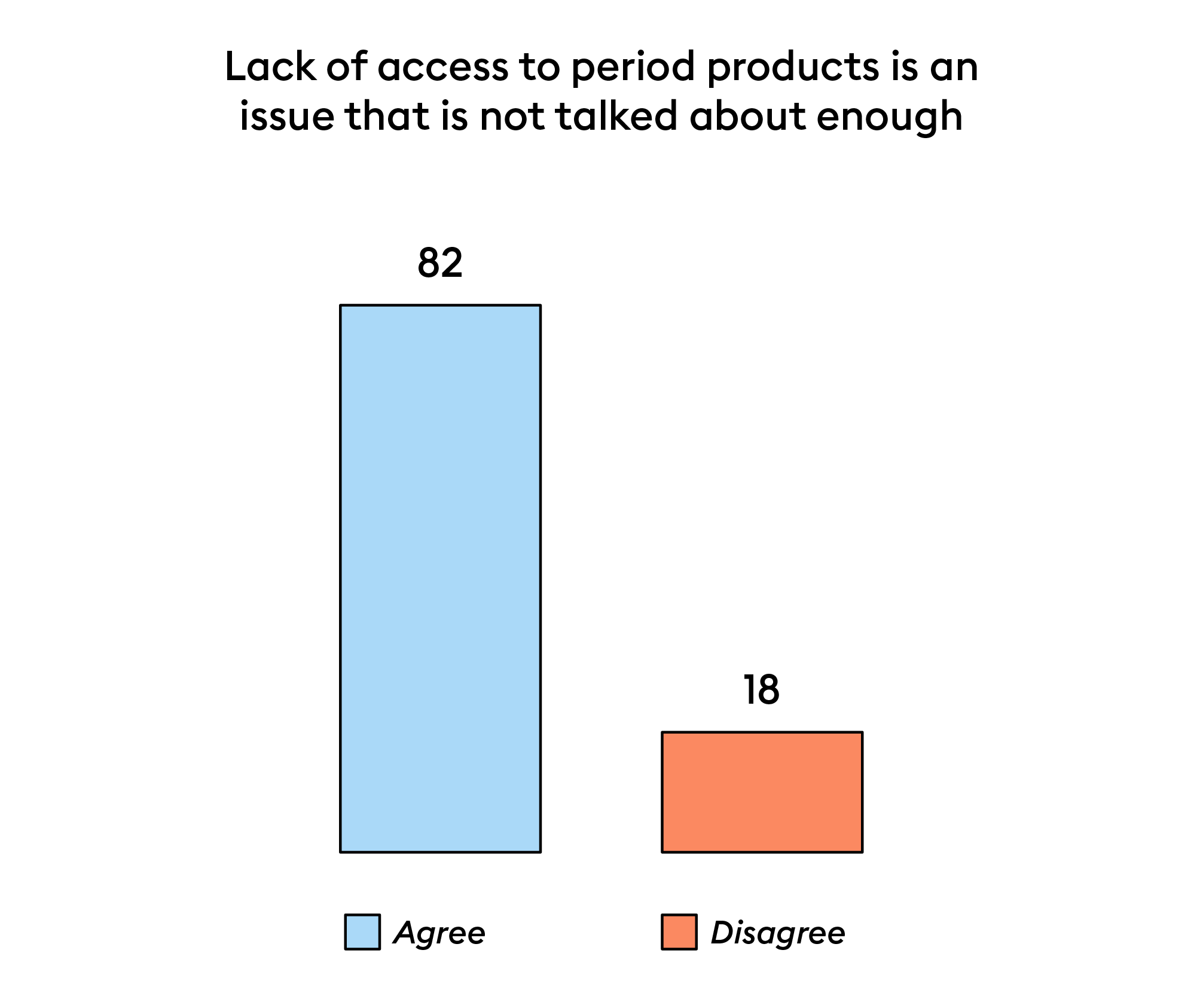
90% of teens think schools should normalize menstruation.
80% (2021: 77%) of teens say lack of access to period products is a critical issue people face.
82% (2021: 76%) of teens agree lack of access to period products is not talked about enough.
61% of teens agree that too many people miss valuable school time because they do not have access to period products. This is felt more acutely by Hispanic and lower-income teens.
78% (2021: 72%) of teens wish there were more vocal advocates talking about menstrual health.
85% (2021: 81%) of teens agree that it’s important for everyone to understand the issue of lack of access to period products, not just people with periods.
Education around menstrual health should be holistic and something everyone receives. It needs to not only cover biology, but also the policy issues surrounding reproductive health.
Teens are more familiar with the term “period poverty” (34%) than “menstrual equity” (28%).
81% (2021: 77%) of teens think we need more in-depth education about menstrual health.
85% of teens think everyone should learn about menstruation – not just people who experience periods.
78% (2021: 73%) of teens agree education around menstrual health should be part of the core curriculum, just like math.
81% (2021: 76%) of teens think that, along with reproductive health, schools should teach about policy around lack of access to period products.





